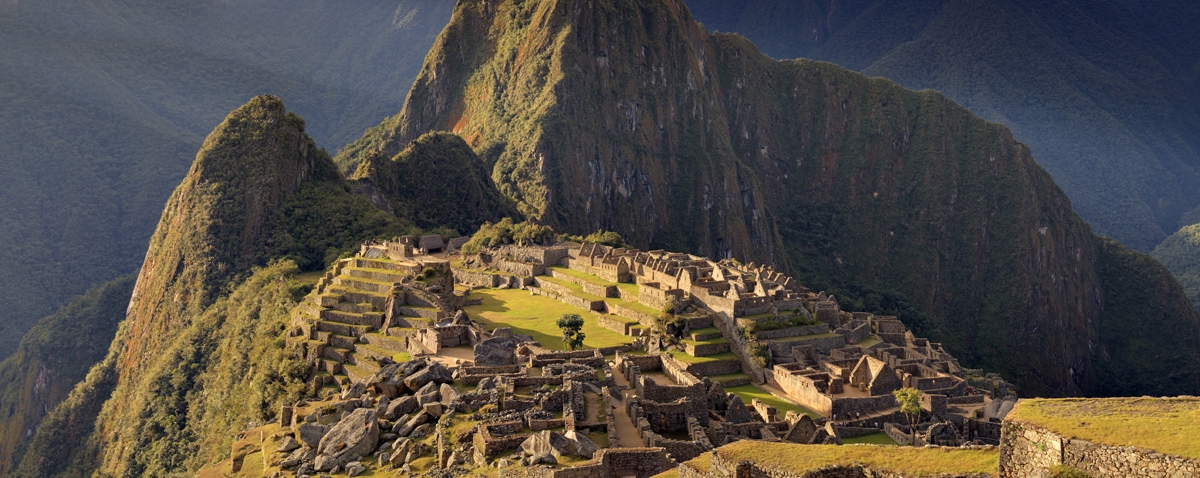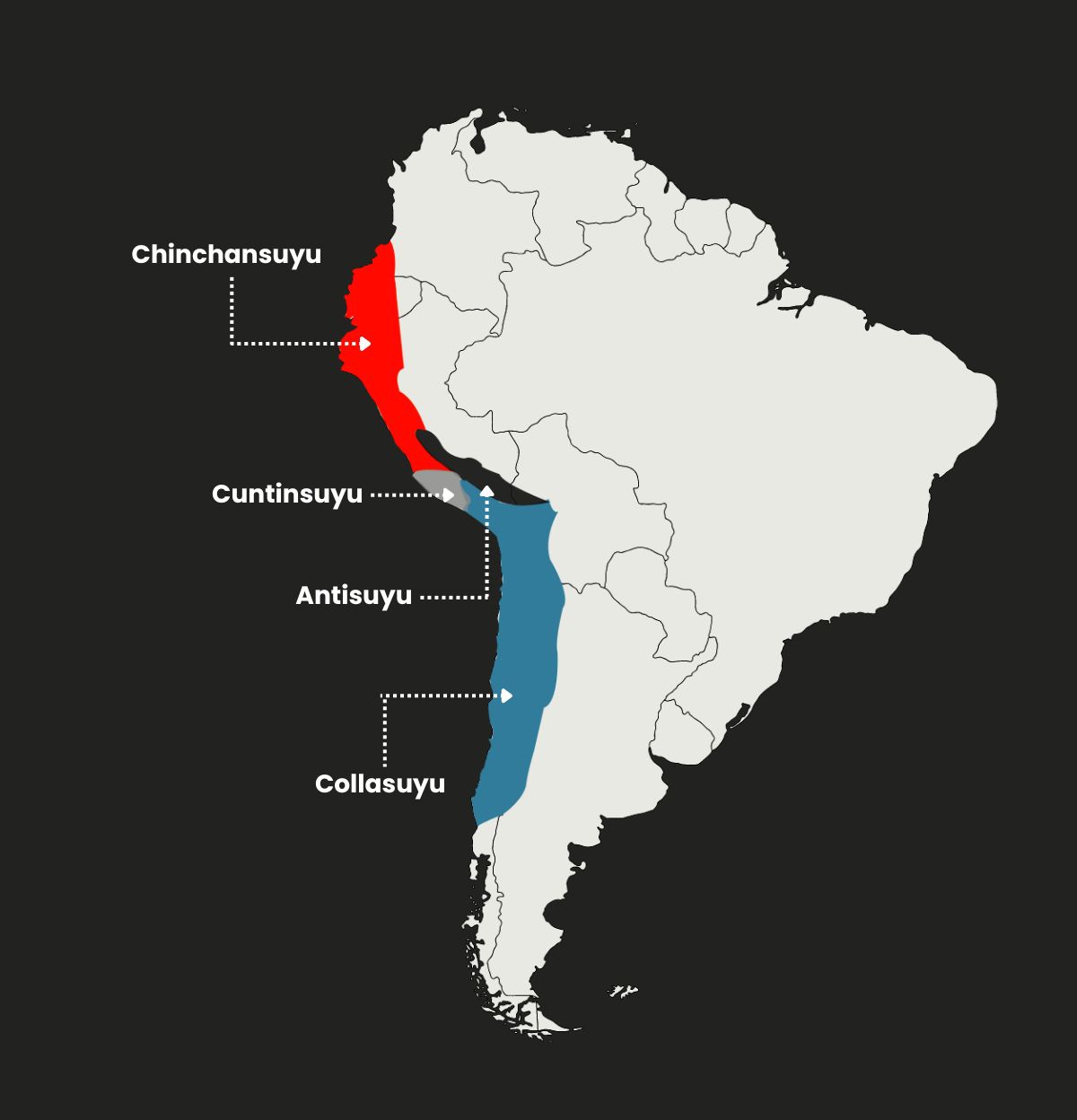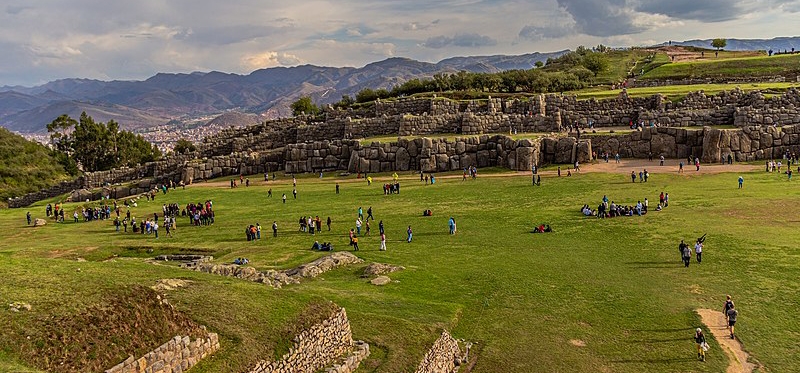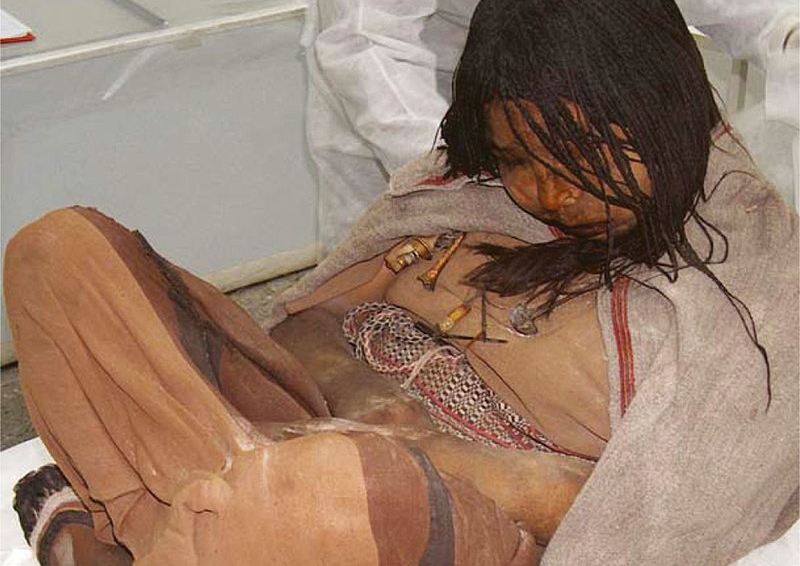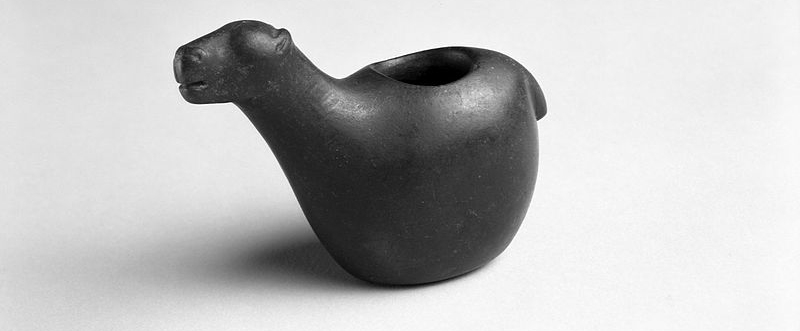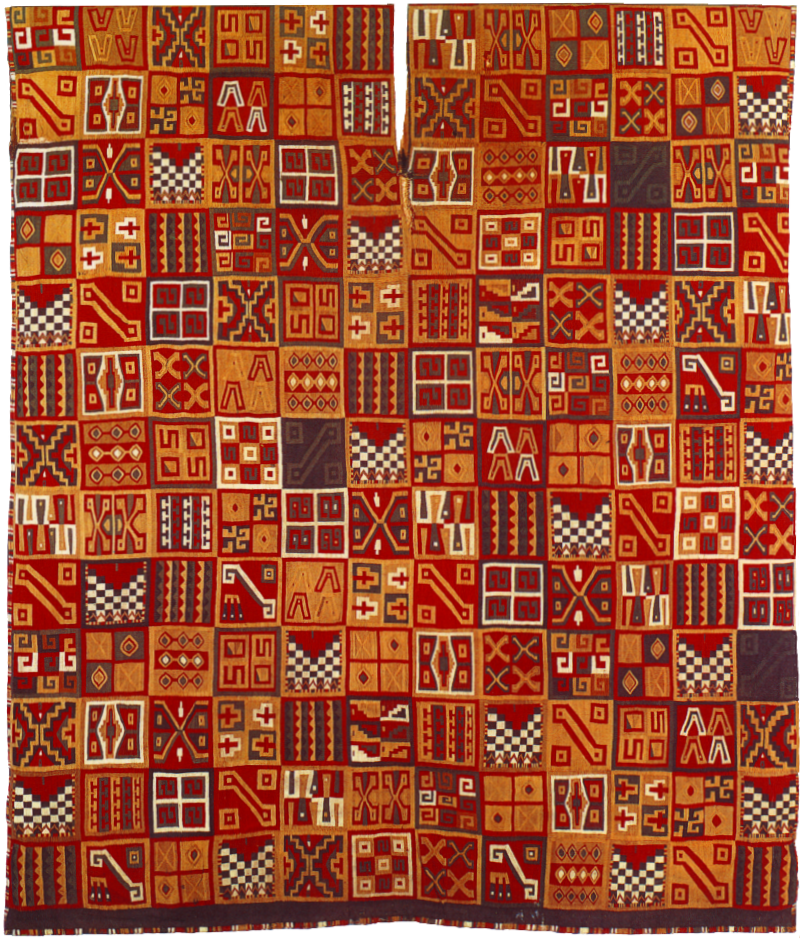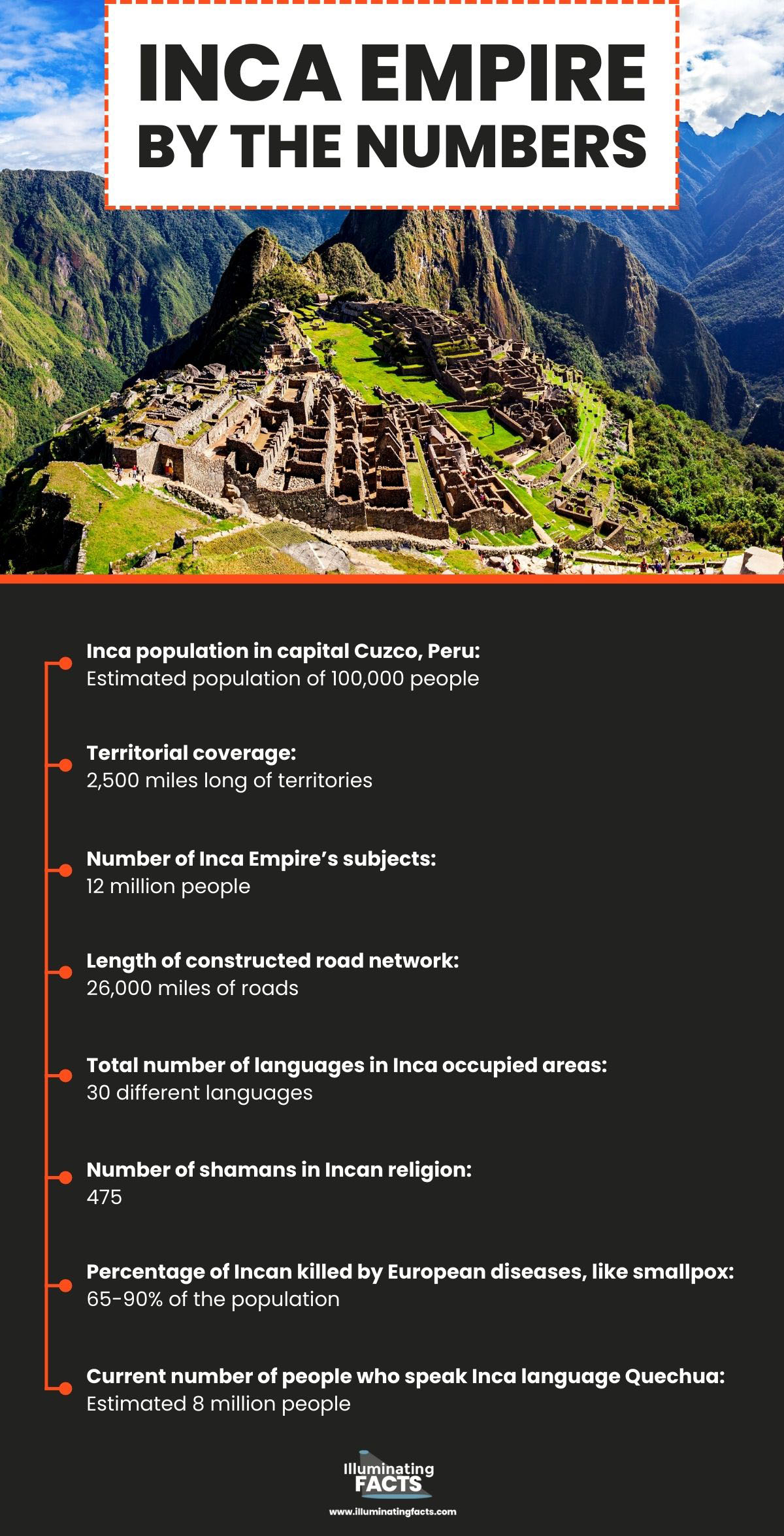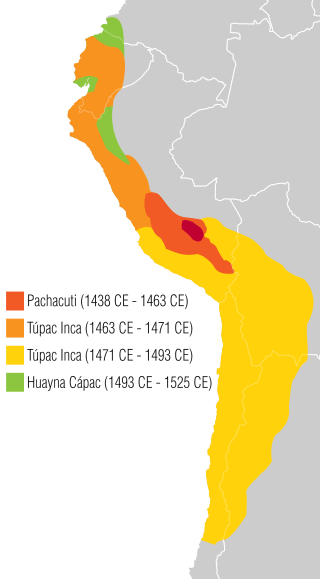Table of Contents
In the history of humankind, great civilizations have ruled the world. Yet like slipping sand through a person’s hand, some great civilizations fall and slip away into oblivion.
This is true in the case of the Inca Empire, the once known mighty civilization in the America’s western hemisphere.
Who were the Incas
The Incas were an ethnic group that managed to build the largest native empire in the pre-Columbian America. Although they numbered not more than 100,000 individuals, they nevertheless created an empire, ruled some 12 million people, and imposed their culture and language to their subjects.
They expanded throughout the Andes and the Pacific coast, reaching the northern area of Quito in present-day Ecuador and even farther toward Santiago de Chile, between 1400 and 1533 CE [1].
Prior to the rise of their civilization, they started in a small settlement in Cuzco, Peru, the oldest living city in the Americas.
Interestingly, they soon vanished within 100 years of their dominion in the 15th century.
What characterized their civilization
The often harsh environment of the Andes was used to the advantage of the Incans. With their sheer engineering talent, ingenuity, and creativity, they maximized the natural landscape to build settlements on top of the mountains.
They constructed complex canals to divert the waterflow and made complex road networks and terraces.
The ruins of Machu Picchu is the most famous site of the Incas. The discovery of the ruins mirrored the sophisticated characteristics of their civilization.
The Incans had their laws being decreed and spread in the Empire with the help of a complex messaging system. The Incans were also known for their strength and bravery, which helped them gain power. Whether they used the diplomatic threat of invasion or fierce conquest, the Incan fighters pushed their enemies to surrender. Their rivals even paid tribute to the Inca Empire exchange for the avoidance of death.
The Incans were also known as worshipers of the sun god, Inti, for their agriculture and abundance.
The Inca empire straddled the Pacific’s “ring of fire” where violent earthquakes are common due to periodic volcano eruptions.
In response to this natural phenomenon, they relied upon religion. They believed that for them to survive in an unpredictable world, they had to build “reciprocal relationships” with their gods, particularly the sun god.
They made offerings to maintain relationships with their gods. The offerings include prayers, food, and even human beings, specifically during the most uncertain times, such as the death of an emperor, severe famine, and powerful earthquakes.
How did they rise as a civilization
The Incans expanded their Empire through the use of both military invasion and the threat of military conquest.
Through its strong power in the central government, the Inca Empire was able to mobilize many thousands of warriors into military service.
All the men in the Inca Empire were mandated to either serve in the army or spend time as a laborer on public work projects, like their complex road networks and communication system across the Empire. They road system was helpful to ferry food, trade materials, and transport military men. They managed to build 26,000 miles of roads.
While their military did not have highly sophisticated and advanced armaments compared to European armies during their period, the Incans managed to make use of metallurgy. The standard weapons were copper maces. They also used clubs, arrows, and spears.
The ascension of Emperor Pachacuti Inca Yupanqui to the Inca Empire in 1438 was considered the start of their glorious empire in the western America.
Beyond the empire’s capital city of Cuzco, the Incans established four large suyo or provinces, governed by noble governors.
Why did they rise
The Incans took pride in their large population. Aside from having organized class system and wealth, the military men of the Inca Empire were skilled warriors.
Their courage and determination helped them dominate the battlefields for nearly a century. They were considered a warrior society. Thus, they strongly believed in expanding their territories for security, getting access to slave captives, and spread their civilization.
How long and how far did they rule
In general, the Inca Empire came into full power from the period of 1438 to around 1533.
During the height of the Empire, the Inca’s territories stretched 2,500 miles long, from the Andes Mountains across neighboring areas.
Its territories were conquered in less than a century. The emperors of the Inca Empire were identified as the Sapa Inca, the One Inca.
By the 1520s, the Inca Empire owned the areas stretching from present-day Ecuador to much of the way across present-day Chile.
While historians and experts cannot ascertain when exactly the Incan Empire expanded southward, they have considered it was likely during this time.
However, in 1525, a plague of measles or smallpox came into the Empire, killing many inhabitants, including some of their leaders. This plague became the starting point of the fall of the Inca Empire.
When did they fall
In 1532, Francisco Pizarro of Spain invaded capital of Cuzco. The Spaniards captured and killed the last Inca Emperor named Tupac Amaru in 1572 [2].
Despite their wealth and big population, the Inca Empire came to an end with the coming of the Spanish conquistadors.
While historians concluded that there were plenty of reasons for the fall of the Inca Empire, they ruled out that the coming of the foreign epidemics and advanced weaponry used by the Spaniards were behind their losses.
Moreover, the Spaniards were skilled in the manipulation of power. They used this trick as a key strategy in defeating the Empire.
Many historians believed the fall of Incans could also be traced to the fighting among themselves.
When Pizarro came in 1532, he saw the fierce civil war between the two sons of the Incan ruler Wayna Qhapaq.
Through his manipulation and persuasion, Pizarro skillfully managed some of the groups made from civil unrest to fight against their own people.
This strategy helped him to increase his small army of only 168 men.
The Spaniards were triumphant in doing this part. The use of manipulation to the ideological power of the Incan natives were designed to make people readily accept the plan of the conquistadors without thinking of other options.
Pizarro correctly understood that the Incan people placed a premium on the power held by the Inca kings, who were considered living gods.
By mercilessly and publicly killing the Inca king in each territory he conquered, Pizarro grabbed the power held by Incan royalty and gave it to the Spanish, the people who could annihilate gods.
With their royalty and attention of worship killed in front of them, the Incan natives readily welcomed Spanish rule as “what was done.”
This made local support, along with outside dynamics, pushed the Spaniards to completely invade the region by 1572, marking the fall of the Inca Empire.
Timeline of the Inca Empire
This timeline traces the emperors of the Inca Empire from their migration to initial conquest in 1438 to the Empire’s final downfall in 1572 [3].
1100
The Incans, led by Manco Capac, migrated to the Cuzco Valley, in Peru and established their capital at Cuzco.
1425 – 1532
The Inca Empire rapidly grew in South America.
1425
A leader named Viracocha Inca started to build the Inca Empire.
1438 – 1471
Pachacuti Inca Yupanqui ruled as the emperor of the Inca Empire.
1438
Pachacuti Inca Yupanqui took control of Cuzco Valley and further increased the Inca Empire’s territories.
1438
Pachacunti Inca Yupanqui started a rebuilding program in the Inca capital of Cuzco.
1450
Pachacuti Inca Yupanqui established Machu Picchu in the High Andes.
1470
The Incans defeated the Chimu civilization.
1471 – 1493
The rule of Inca Tupac Yupanqui who expanded the size of the Incan Empire.
1493 – 1526
Huayna Capac ruled as Incan leader and built religious temples, road networks, and fortresses throughout the Empire.
1510
The Inca left the Machu Picchu settlement.
1526 – 1532
Civil war rose between the Inca leaders Waskar and Atahualpa. Atahualpa won.
1530
The Inca Empire arrived at its greatest dominion.
1532
Francsico Pizarro and the Spanish conquistadors landed in South America.
1532 – 1533
Rule of Inca Emperor Atahualpa.
November 16, 1532
Battle of Cajamarca where the Incan Emperor Atahualpa was captured and held for ransom by Spanish military headed by Francisco Pizarro.
July 26, 1533
The Inca Emperor Atahualpa was executed.
November 15, 1533
Francisco Pizarro tool control of the Incan capital of Cuzco.
January 18, 1535
Francsico Pizarro established Lima (Ciudad de Los Reyes) as the capital of Spanish Peru.
Inca Empire by the Numbers
Inca population in capital Cuzco, Peru
Estimated population of 100,000 people
Territorial coverage
2,500 miles long of territories
Number of Inca Empire’s subjects
12 million people
Length of constructed road network
26,000 miles of roads
Total number of languages in Inca occupied areas
30 different languages
Number of shamans in Incan religion [4].
475
Percentage of Incan killed by European diseases, like smallpox
65-90% of the population
Current number of people who speak Inca language Quechua [5].
Estimated 8 million people
Interesting Facts About the Incas
- The Incas were innovative with their agricultural methods, such as using vertical terraces for polyculture.
- The Incas deeply understood and believed in astronomy and applied this in designing and constructing their structures.
- The Inca Empire only lasted for about one century.
- The arrival of smallpox was seen as the reason for the death of some of Inca Emperors and families.
- The Inca used rope bridges over gorges and canyons [6].
- The Incas worshipped many gods.
- The architectural design of the Incas was earthquake-proof.
- The Incas travelled on foot and did not use wheels for transportation.
- The Incas celebrated the coming of age of their children when they turned three years old.
- The Inca Empire did not have a written alphabet, but they used a device known as quipo or khipu, a knot to reference specific information.
- The Incas domesticated animals like llamas, ducks, guinea pigs, and dogs [7].
- The Inca Empire’s one of the most famous and important sites was the Machu, which UNESCO has designated as the Eighth Wonder of the World.
- The noblemen of the Inca Empire wore silver plugs and gold.
- The Incas were known to have first cultivated potatoes.
- The Inca Empire used food and services as a form of their currency.
- Llamas helped Incas in transporting or carrying their agricultural products.
- The Incas were primarily vegetarian [8].
- The Incas grew and cultivated plants such as cacao, maca, potatoes, quinoa and amaranth, purple corn, and sacha inchi (a peanut-type of food).
- The Inca Empire was known for the construction of impressive 26,000 miles long of road networks.
- They also believed that their gods significantly influenced their daily life and had control over the natural world.
- Inca clothing was made of cotton and llama wool.
- Inca religion combined fetishism, worship of nature gods, and animism [9].
- The Quechua-speaking peasants of the Andes are the descendants of the Incans.
- Inca Empire left no written records of their civilization.
- The history of Inca Empire mostly comes from oral tradition, archaeological research, and written documents by Spanish conquistadors.
- A remnant of the Inca Empire lasted until 1572.
- Some mummified bodies of Incan children were found preserved in the ice of Mount Ampato [10].
- in 1995, Time Magazine named mummy Juanita, the first mummified Incan girl discovered, as the “World’s Top 10 discoveries.”
- The structure of the Incan army was based on the decimal system.
- Inca culture also involved food redistribution during calamities or disasters and good storage facilities for agricultural products.
Conclusion
The Incan civilization flourished in Peru and throughout the surrounding territories of Western America between 1400 and 1533.
With their strong military forces and ingenuity in the battlefields, they successfully captured the neighboring territories in their capital city.
However, the arrival of foreign diseases, civil war, and the presence of the Europeans, particularly the cunning Spaniard conquistadors, pushed them towards their downfall.
References
[1] World History. Cartwright, M. (2014, September 15). Inca Civilization. Retrieved August 23, 2022, from https://www.worldhistory.org/Inca_Civilization/
[2] Utah State University. Penner, H. (2018, September 3).
The Fall of the Incas: A Historical Look at Power Struggles. Retrieved August 24, 2022, from https://chass.usu.edu/international-studies/aggies-go/news/the-fall-of-the-incas
[3] World History.org. Inca Civilization Timeline. Retrieved August 26, 2022, from https://www.worldhistory.org/timeline/Inca_Civilization/
[4] World History.org. Cartwright, M. (2016, February 15). Inca Religion. Retrieved September 3, 2022, from https://www.worldhistory.org/Inca_Religion/
[5] Penn Language Center. Quecha. Retrieved September 2, 2022, from https://plc.sas.upenn.edu/quechua
[6] New York Times. Wilford, J.N. (2007, May 8). How the Inca Leapt Canyons. Retrieved September 6, 2022, from https://www.nytimes.com/2007/05/08/science/08bridg.html
[7] ZME Science. Micu, A. (2021, August 17). Who were the Incans? Retrieved September 2, 2022, from https://www.zmescience.com/science/inca-empire-feature/
[8] World History. Cartwright, M. (2015, February 7). Inca food and agriculture. Retrieved September 3, 2022, from https://www.worldhistory.org/article/792/inca-food–agriculture/
[9] Brittanica. Von Hagen, V. W. (2022, August 26). Inca Religion. Retrieved September 3, 2022, from https://www.britannica.com/topic/Inca-religion
[10] Springer Link. Socha, D., Reinhard, J., and Perea, R. C. (2021, May 14). Inca human sacrifices from the Ampato and Pichu Pichu volcanoes, Peru: new results from a bio-anthropological analysis. Retrieved September 3, 2022, from https://link.springer.com/article/10.1007/s12520-021-01332-1

